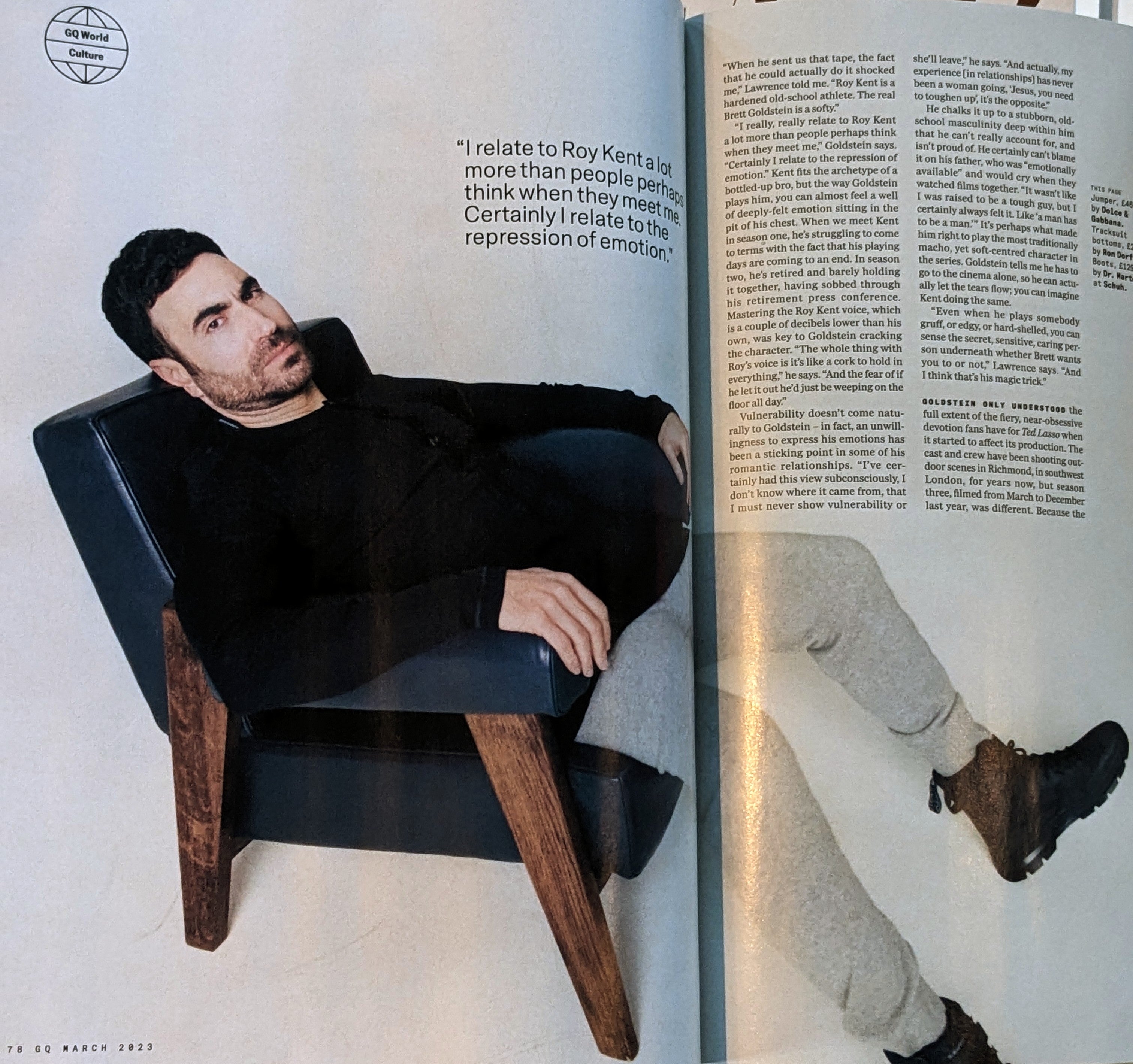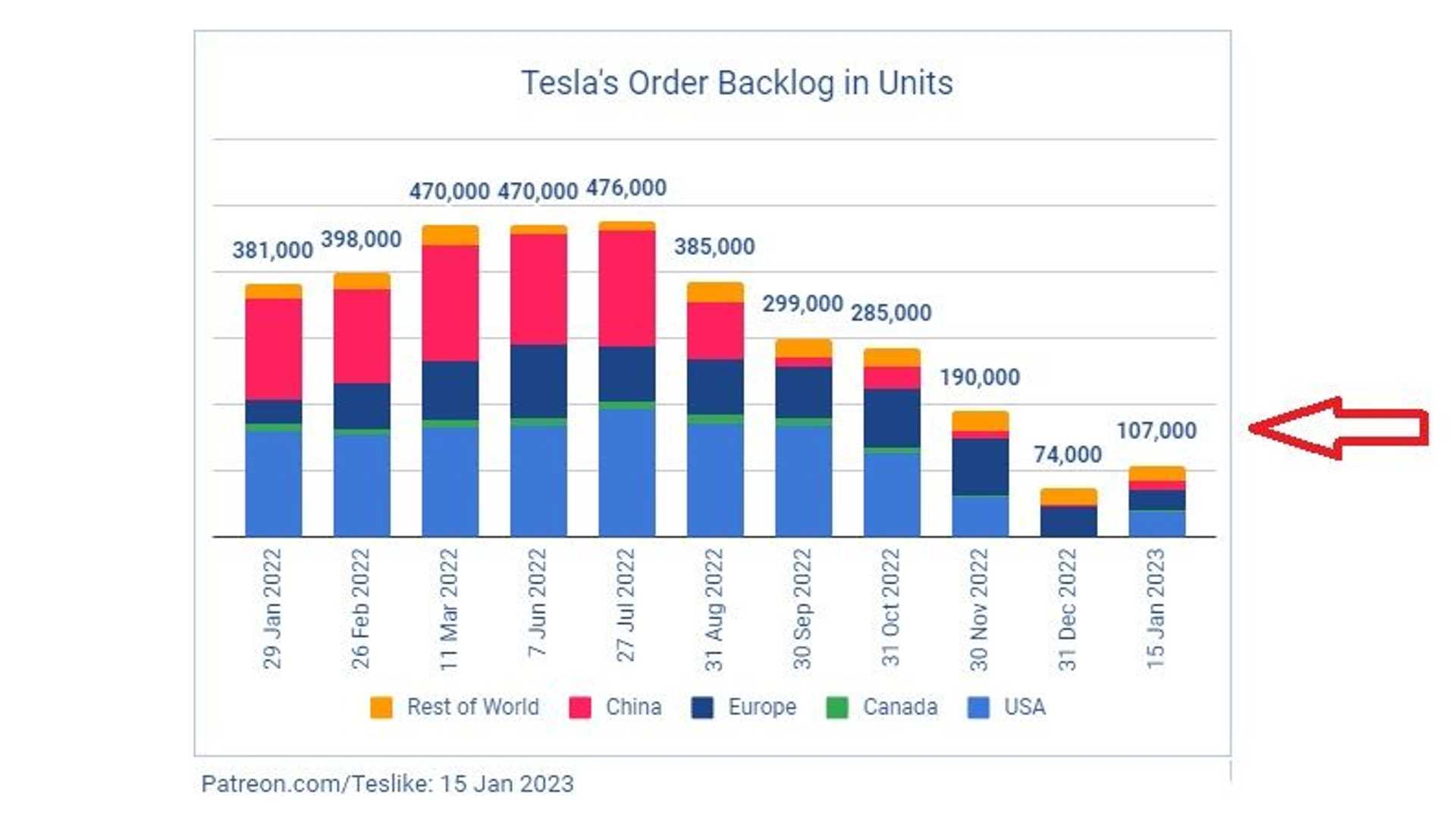EU Targets Russian Gas: Spot Market Phaseout Discussions

Table of Contents
The Driving Force Behind the EU's Push for a Russian Gas Spot Market Phaseout
The EU's drive to eliminate Russian gas from its spot market stems from a confluence of geopolitical and economic factors. The ongoing conflict has highlighted the inherent risks of relying heavily on a single, politically volatile supplier. The EU's desire for energy independence is paramount, fueled by a need to reduce its vulnerability to external shocks and manipulation.
- Sanctions against Russia and the need for diversification: Sanctions imposed on Russia following the invasion of Ukraine have disrupted gas supplies, forcing the EU to seek alternative sources. Diversification of energy sources is no longer a strategic goal but a necessity for maintaining energy security.
- Concerns about energy security and price volatility driven by Russian supply manipulation: Russia's history of using gas supplies as a geopolitical tool has raised serious concerns about energy security and price volatility. A complete phaseout aims to mitigate this risk and stabilize energy markets.
- Alignment with the EU's climate goals and the push for renewable energy sources: The phaseout of Russian gas aligns with the EU's broader climate goals, accelerating the transition to cleaner and more sustainable energy sources like wind, solar, and geothermal. This is a crucial element of the long-term strategy beyond simply replacing Russian gas.
Economically, reducing reliance on a volatile and politically unstable supplier strengthens the EU's resilience and reduces exposure to price shocks. A more diverse and secure energy mix contributes to overall economic stability and predictability.
Challenges and Obstacles to a Complete Phaseout
While the goal of an EU Russian Gas Spot Market Phaseout is laudable, its implementation faces substantial challenges. A rapid transition carries potential economic and social risks.
- Potential energy shortages and price spikes in the short term: Replacing Russian gas quickly will be difficult, potentially leading to temporary energy shortages and price spikes, impacting businesses and consumers. Mitigation strategies need to be carefully considered.
- The need for substantial investment in alternative energy infrastructure (LNG terminals, pipelines, renewable energy): Massive investments are required in new infrastructure to import LNG, build new pipelines from alternative sources, and significantly expand renewable energy capacity. This requires significant public and private funding.
- Difficulties in finding reliable alternative gas suppliers quickly enough: Securing sufficient gas supplies from reliable alternative sources, such as the US, Norway, and Qatar, requires long-term contracts and agreements. Competition for these supplies will be fierce.
- Concerns about social unrest due to increased energy costs for consumers and businesses: Increased energy costs due to the transition may lead to social unrest and political backlash. Government support and social safety nets may be crucial in mitigating these effects.
The logistical complexity of swiftly replacing a significant portion of the EU's gas supply is a major hurdle in the EU Russian Gas Spot Market Phaseout process.
Alternative Energy Sources and Strategies for the EU
The EU is pursuing a multi-pronged approach to replace Russian gas and ensure its energy security. This involves diversifying gas supplies and accelerating the transition to renewables.
- Increased imports of LNG from other countries (e.g., the US, Qatar): The EU is actively increasing LNG imports from diverse sources to bridge the gap left by Russian gas. This requires significant investment in LNG terminals and infrastructure.
- Accelerated development of renewable energy sources (wind, solar, etc.): Massive investments in renewable energy are essential for long-term energy independence. This includes streamlining permitting processes and accelerating renewable energy project deployments.
- Investment in energy efficiency measures to reduce overall gas consumption: Improving energy efficiency across buildings, industry, and transportation sectors can significantly reduce the overall demand for gas.
- Potential for increased cooperation on energy infrastructure within the EU: Enhanced cooperation on cross-border energy infrastructure projects can improve the efficiency and resilience of the EU's energy system.
The viability and timelines of various transition scenarios are subject to ongoing analysis and depend on several factors, including the speed of infrastructure development and international cooperation.
The Role of the Spot Market in the Transition
Phasing out Russian gas from the spot market presents unique challenges compared to long-term contracts.
- The volatility and unpredictable nature of the spot market: The spot market is inherently volatile, making it difficult to predict prices and secure reliable supplies. This volatility can significantly increase energy costs.
- The implications for price discovery and market stability: The absence of Russian gas from the spot market will impact price discovery mechanisms and could lead to temporary market instability.
- Potential for increased competition among alternative gas suppliers: The transition may increase competition amongst alternative suppliers, potentially benefiting consumers in the long run.
Analyzing the impact on energy prices and market dynamics is critical for effective policymaking in the EU Russian Gas Spot Market Phaseout.
Conclusion
The EU's aim to phase out Russian gas from the spot market is a bold and ambitious undertaking driven by geopolitical realities and the desire for greater energy independence. While the transition presents significant economic and logistical challenges, including potential energy shortages and price increases, the EU's commitment to diversifying its energy sources and accelerating its transition to renewable energy is clear. The success of this initiative will hinge on strategic investments in alternative energy infrastructure, effective policy implementation, and international collaboration. Staying informed about the latest developments in the EU Russian Gas Spot Market Phaseout is crucial for both policymakers and consumers alike. Keep following reputable news sources for updates on this critical issue and its ongoing impact on the European energy landscape.

Featured Posts
-
 Brett Goldstein On Ted Lassos Revival A Thought Dead Cat Resurrected
Apr 24, 2025
Brett Goldstein On Ted Lassos Revival A Thought Dead Cat Resurrected
Apr 24, 2025 -
 Renewed Opposition Car Dealers Push Back On Electric Vehicle Regulations
Apr 24, 2025
Renewed Opposition Car Dealers Push Back On Electric Vehicle Regulations
Apr 24, 2025 -
 Google Fis 35 Month Unlimited Plan A Comprehensive Guide
Apr 24, 2025
Google Fis 35 Month Unlimited Plan A Comprehensive Guide
Apr 24, 2025 -
 Months Long Persistence Of Toxic Chemicals After Ohio Derailment
Apr 24, 2025
Months Long Persistence Of Toxic Chemicals After Ohio Derailment
Apr 24, 2025 -
 Sharp Drop In Tesla Q1 Profits Analyzing The Musk Factor
Apr 24, 2025
Sharp Drop In Tesla Q1 Profits Analyzing The Musk Factor
Apr 24, 2025
